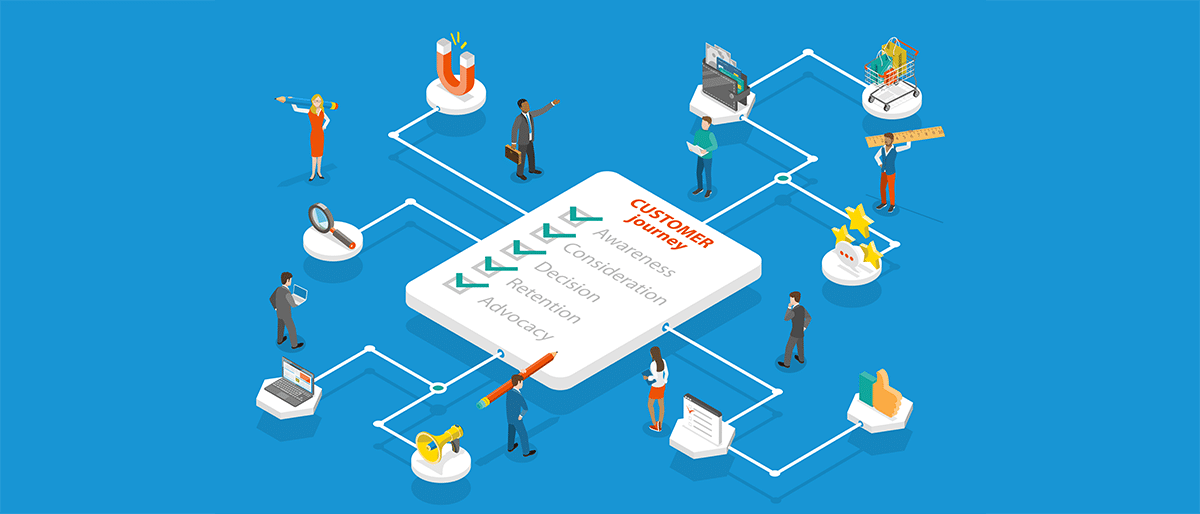
When we invest time and money in creating new solutions, how do we know we’re solving the right problem? Generative research helps us to understand the problems before we develop solutions.
January 13, 2023https://www.equalexperts.com/blog/our-thinking/different-types-of-discovery/There’s more than one type of Discovery – find out which is right for youDiscovery isn’t a one size fits all.. We showcase the different types of discovery and give working examples of how you’d run a discovery in each case.
December 1, 2022https://www.equalexperts.com/blog/our-thinking/introducing-the-inception-playbook/Introducing the Inception PlaybookIntroducing the Inception Playbook to show you how to run Inceptions yourself
March 6, 2020